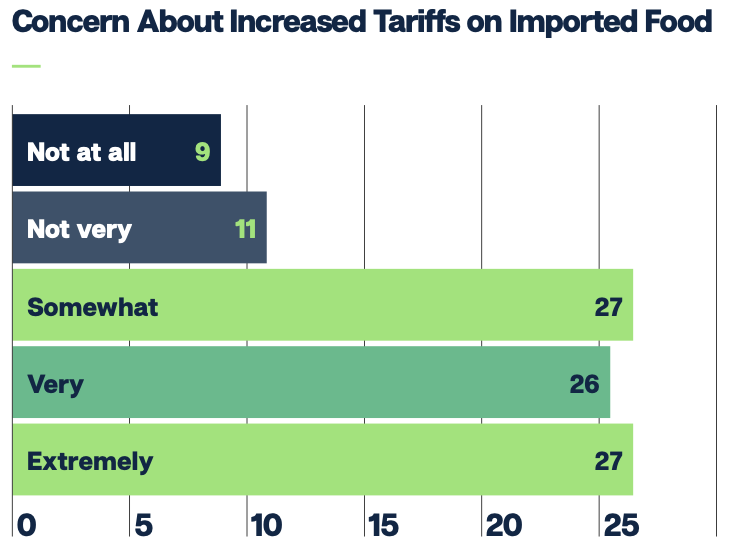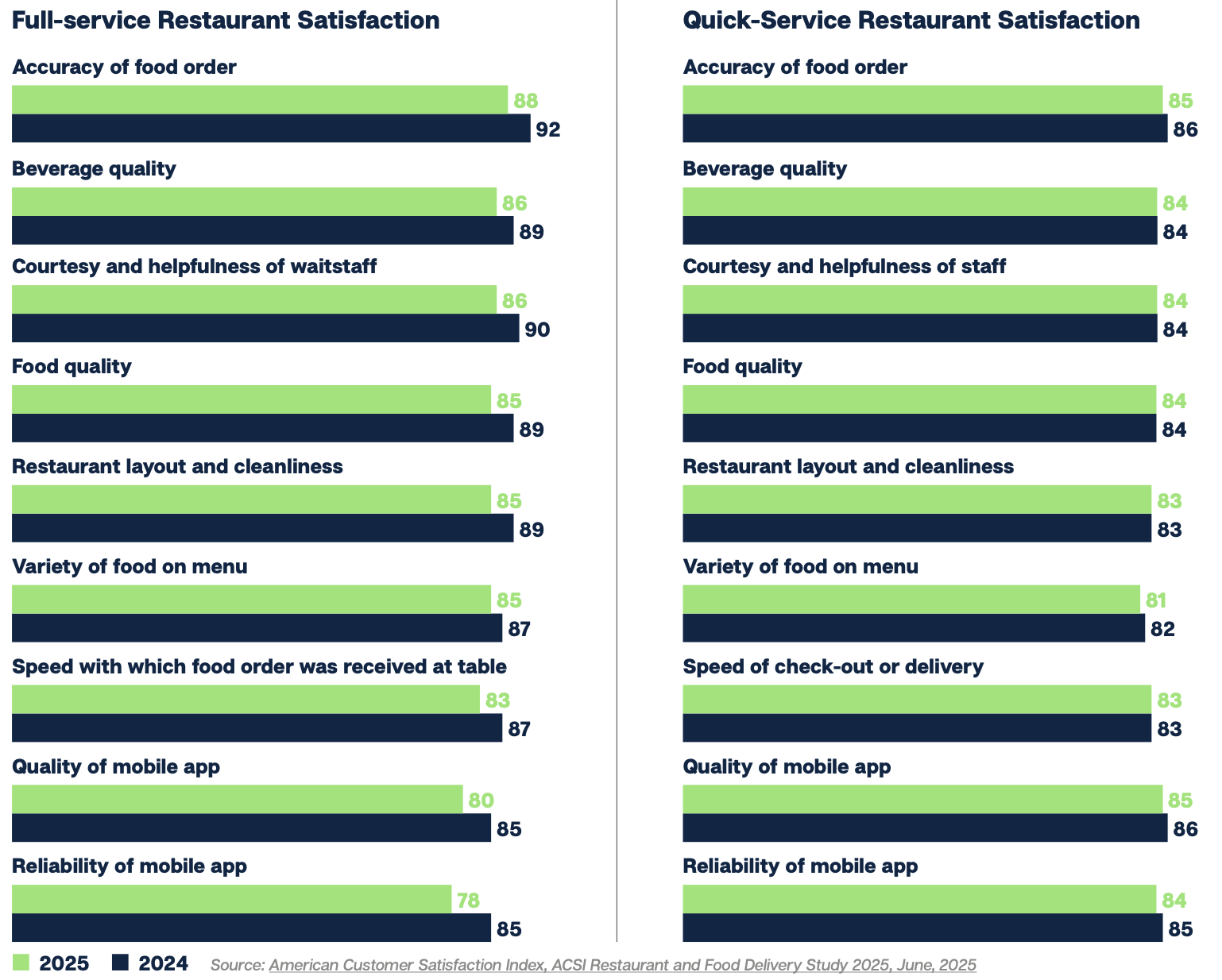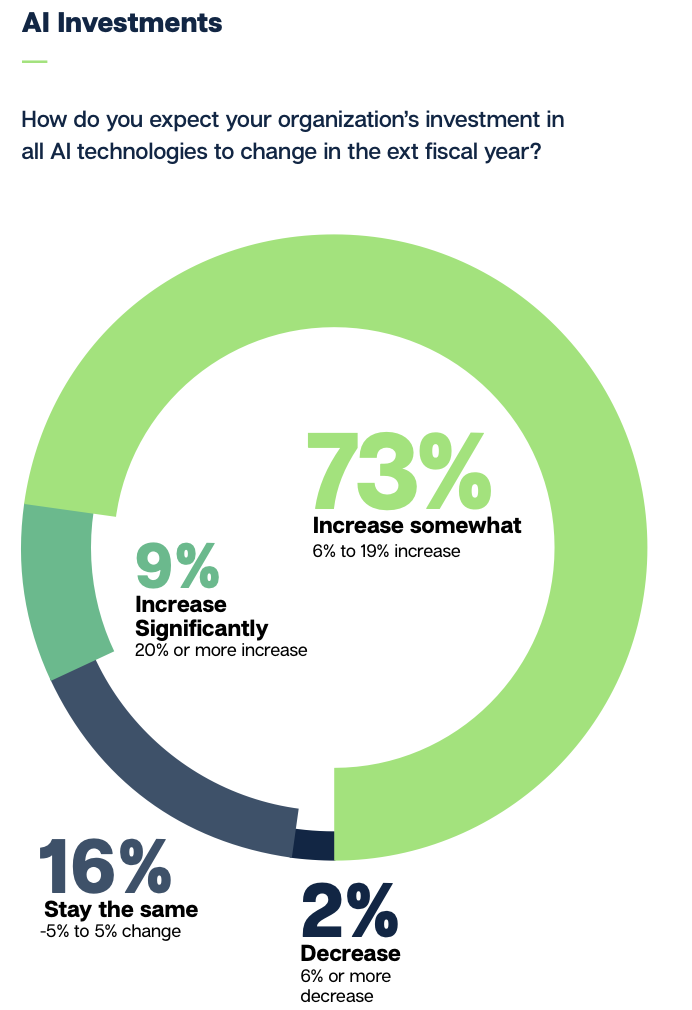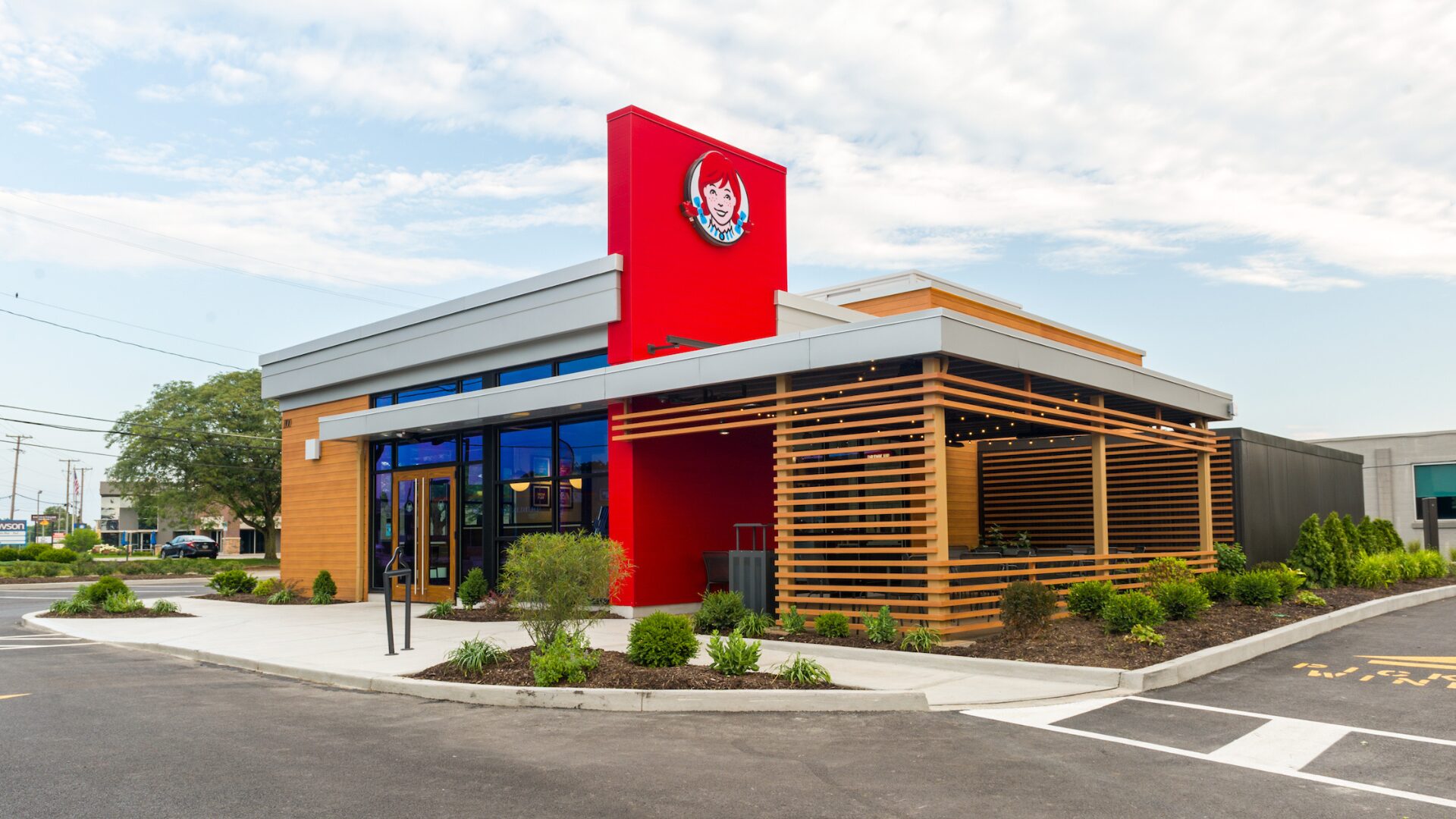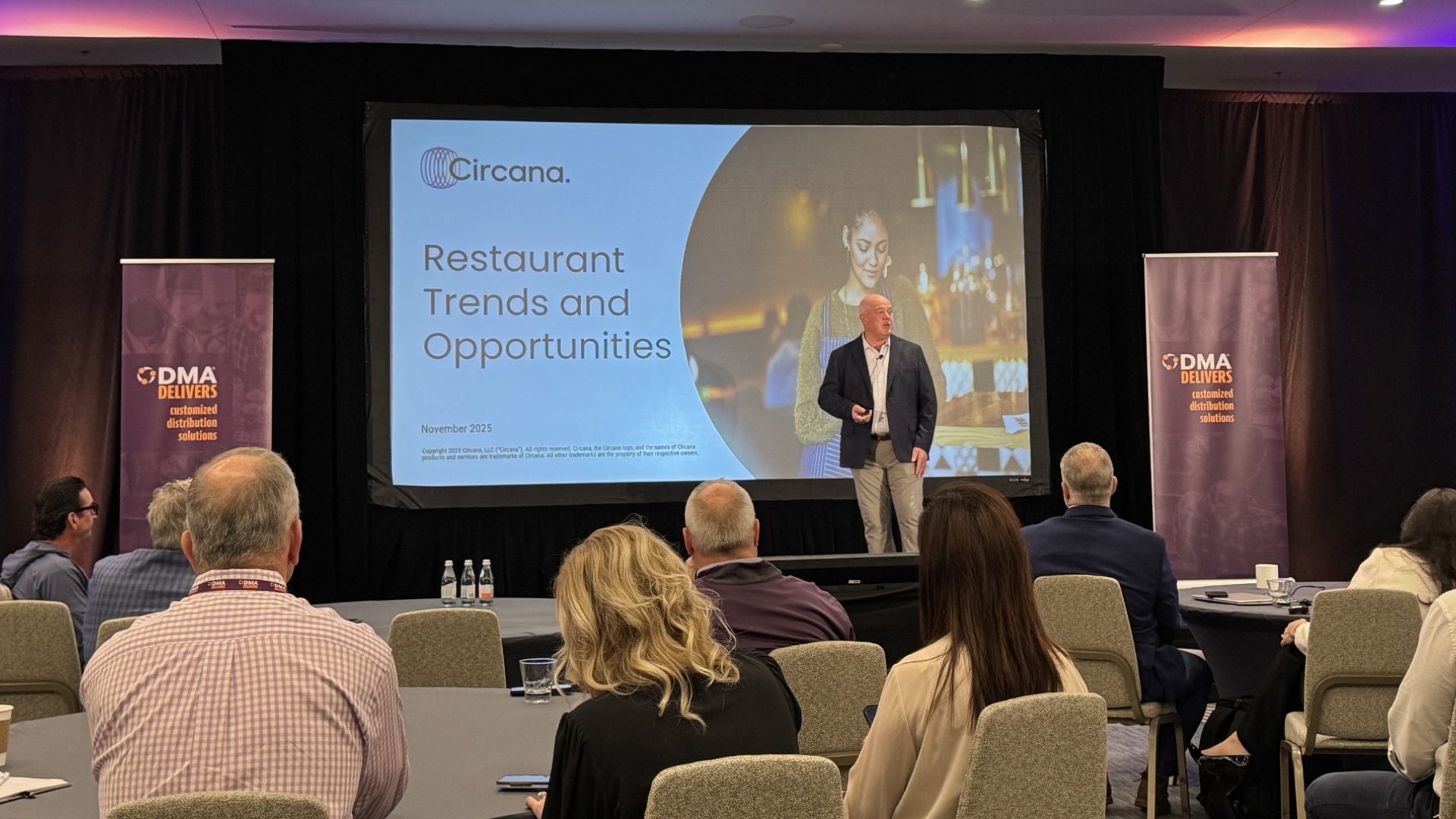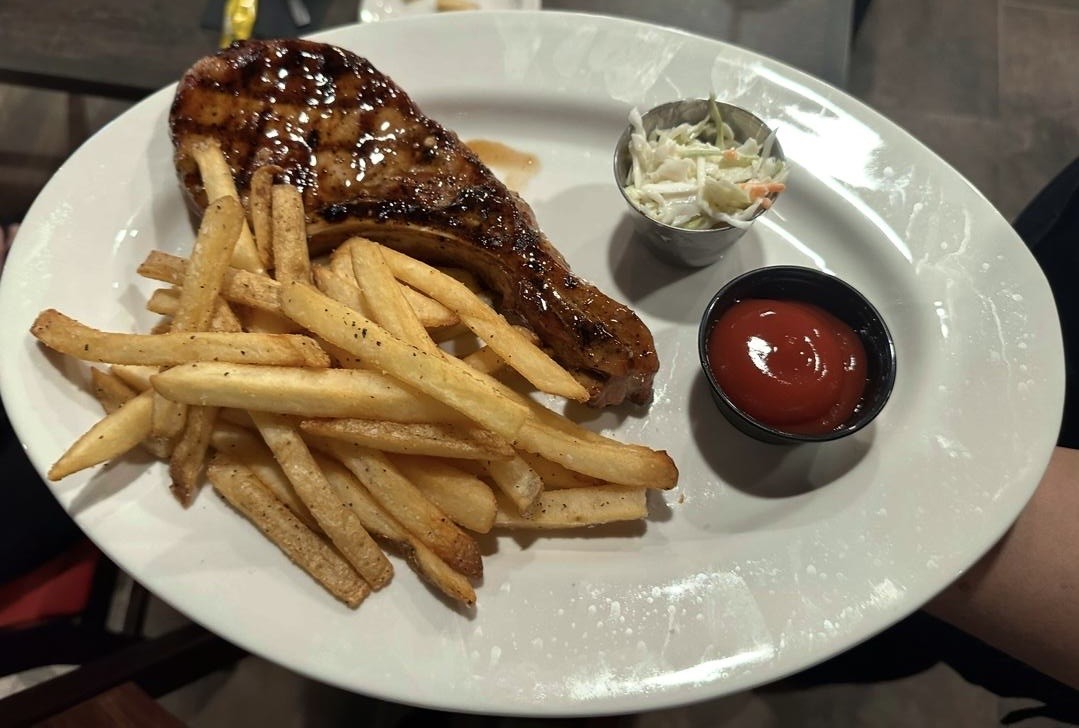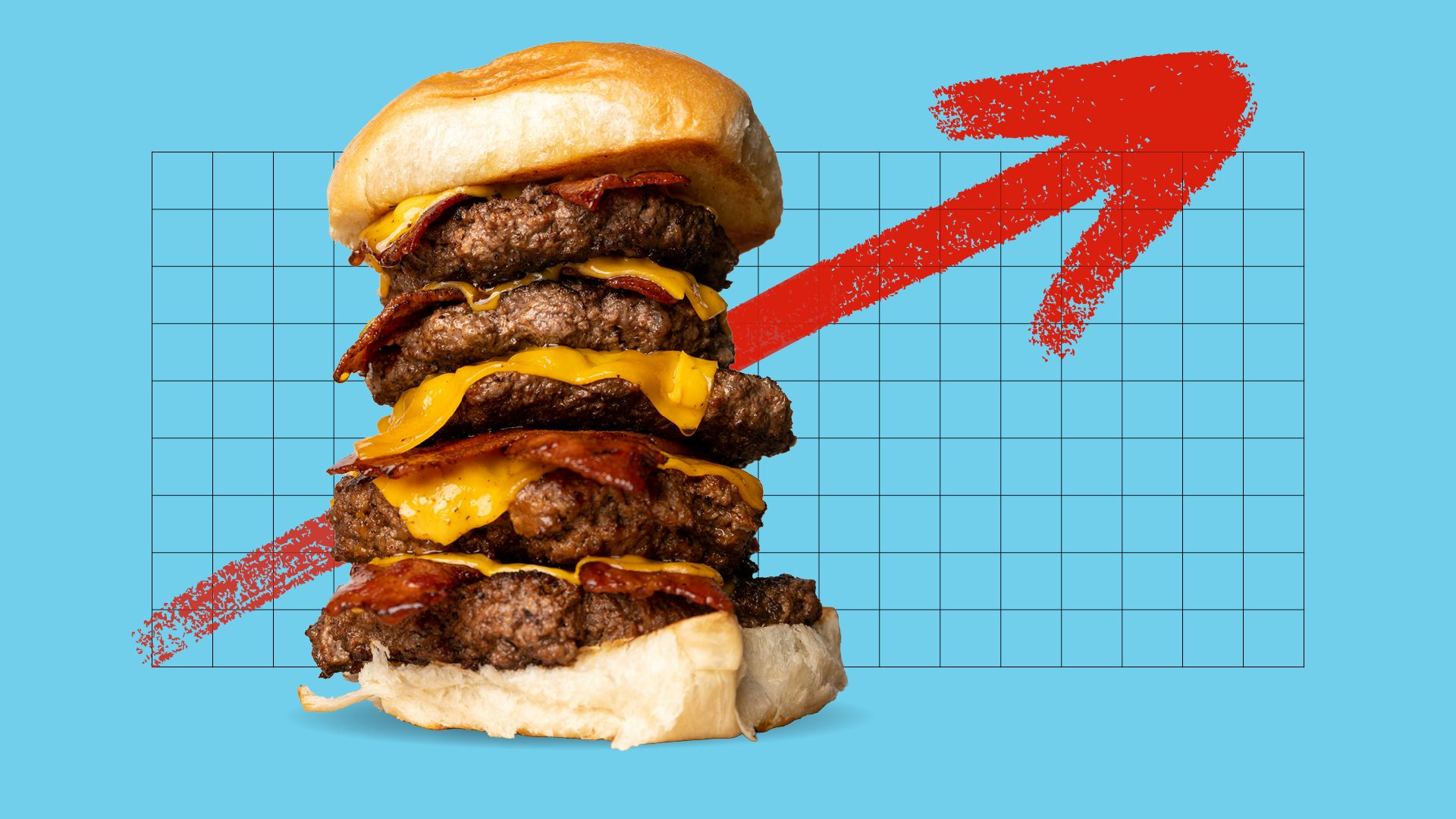Economic headwinds are shaping consumer shopping behaviors, with looming tariffs affecting consumers’ perceptions of imported foods, and ongoing international conflicts potentially affecting the global food supply chain. As a result, consumers are becoming more intentional about their food decisions.
In response, restaurants are becoming more innovative with their value propositions, offering cost-saving strategies where appropriate, but also doubling down on other values, such as sustainability, or even environmental or personalized conveniences.
Many leaders in the foodservice sector turn to menu innovation to keep consumers excited about their foodservice experiences. Katy Velazquez, executive corporate chef at QDOBA, for example, explained how the company makes sure to align its assortment to dietary restrictions and trends to make its options accessible and exciting.
“Our guests are continuing to become more educated and curious about new flavors. Our focus is on delivering flavors and options that satisfy this curiosity,” said Velazquez.
On the ingredient level, foodservice leaders are looking for inputs that can hit multiple goals, including nutrition, taste, and menu utility, while ensuring quality and traceability.
Innovation doesn’t have to stop at the menu; however, as many external forces shape whether consumers enjoy their foodservice experiences.
“There are many ways restaurants can add value to their product beyond the menu, including seating variations such as private dining rooms or communal tables, focusing on smooth operation with staff, and creating an authentic experience that ties into the cuisine to truly engage guests,” Dave Shove Brown, co-founder and partner at restaurant and business design firm //3877 told FI.
Brown noted how meaningful in-store experiences and premium offerings are at the core of modern strategies.
Hospitality Works CEO Izzy Kharasch agrees, noting that consumers still respond well to top-class service. When every company is competing on price and value, service quality has the chance to shine.
The latest research from the American Customer Satisfaction Index, however, shows that even top establishments are falling behind in these key areas, both across full-service establishments and QSRs. The report found, for example, that satisfaction with staff courtesy and helpfulness fell 4 points for the full-service segment between 2024 and 2025.
Leveraging Technology for Stellar CX
Leaning into technological solutions has never been more important. Restaurant operators are investing in their AI integration.
Explicit customer service use cases are leading the charge: a report form Deloitte found that 52% of foodservice brands and 84% of restaurant operators are currently seeing high customer experience impact. With their AI investments.
Aaron Heard, junior project manager of foodservice tech company Optimum Retailing, explained that the key to staying relevant in the segment relies on taking a “phygital” approach to customer service and experience, blending in-person hospitality with digital touchpoints that provide efficiency and personalization.
“The most successful concepts are those that recognize how their specific customers’ behavior is evolving and aren’t afraid to create differentiated and localized experiences that meet diners where they are,” Heard said.
Technology can help these locations fit seamlessly into a customer’s busy day.
Moreover, customers have come to expect the personalized recommendations as well as other solutions that keep allows the brand to keep up a relationship with its diners. Key stakeholders anticipate more innovations to come support the restaurant and dinner relationship.
Despite the promise, aperitif restaurant chef Nic Vanderbeeken notes how his high-end restaurants exercise caution with technological integration.
“In my view, technology and AI are further embedding themselves in the foodservice sphere to impact basic operational functions… However, I will not let tech replace hospitality, as human connection is still the heart of a great restaurant,” he said.



